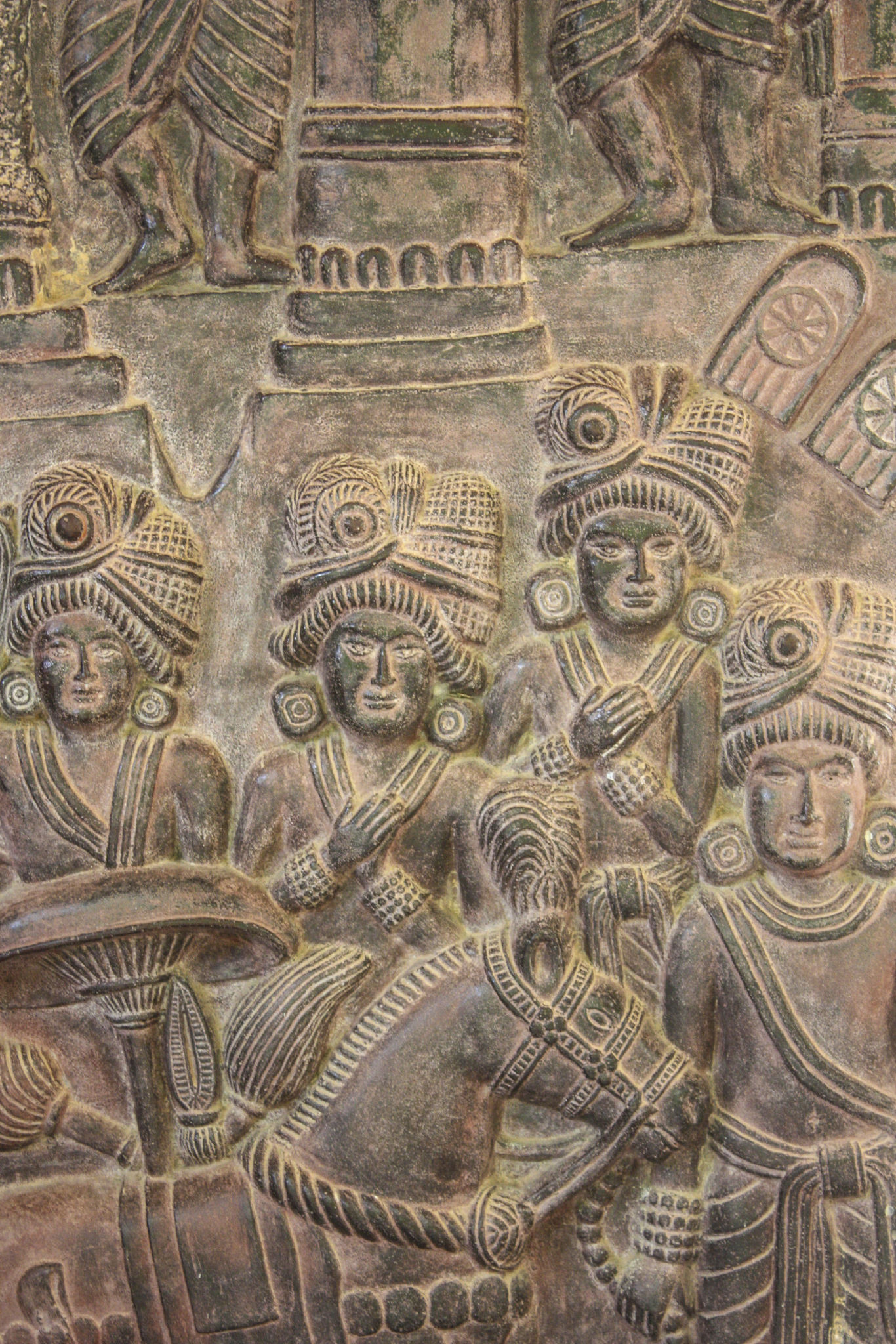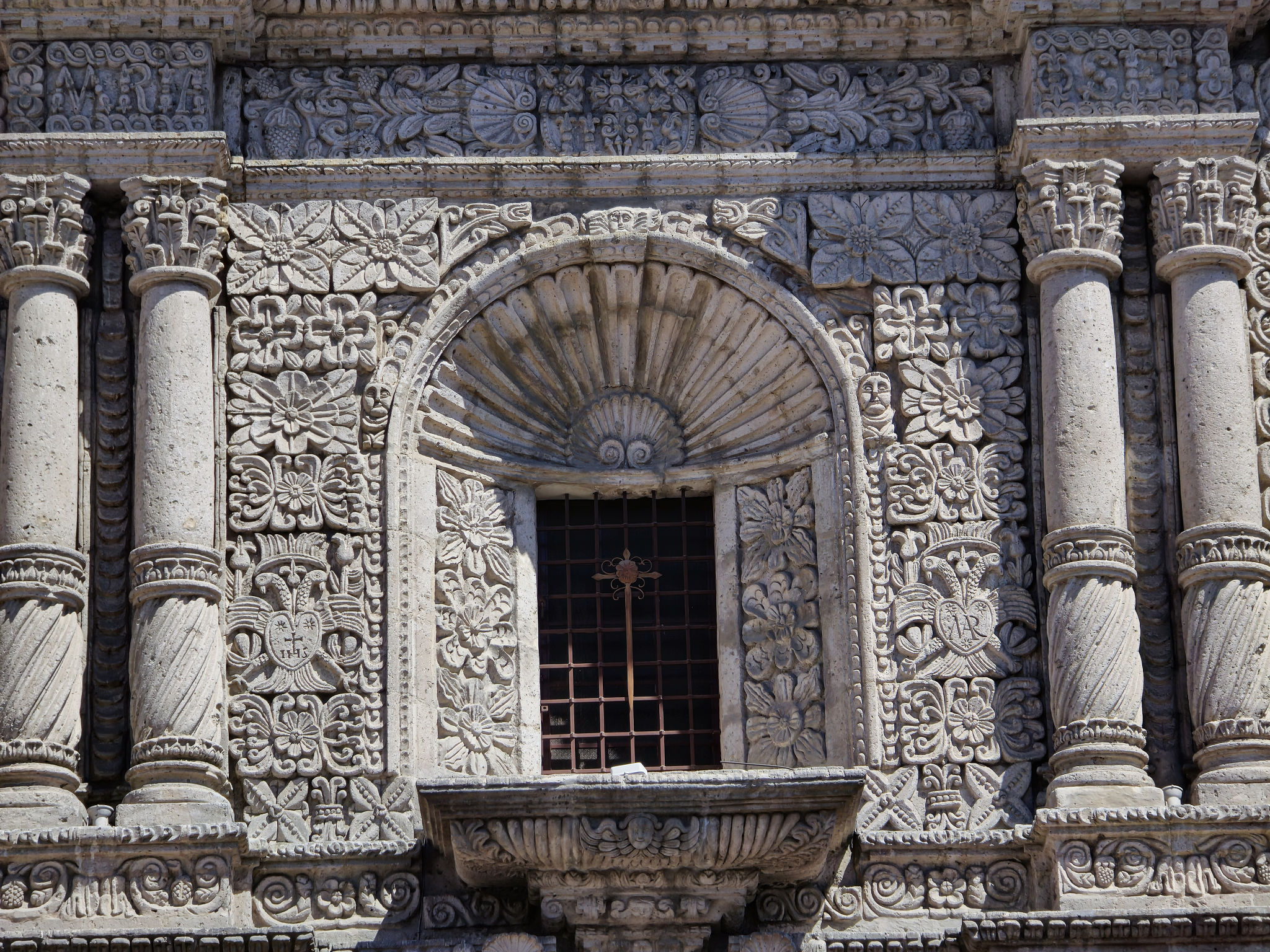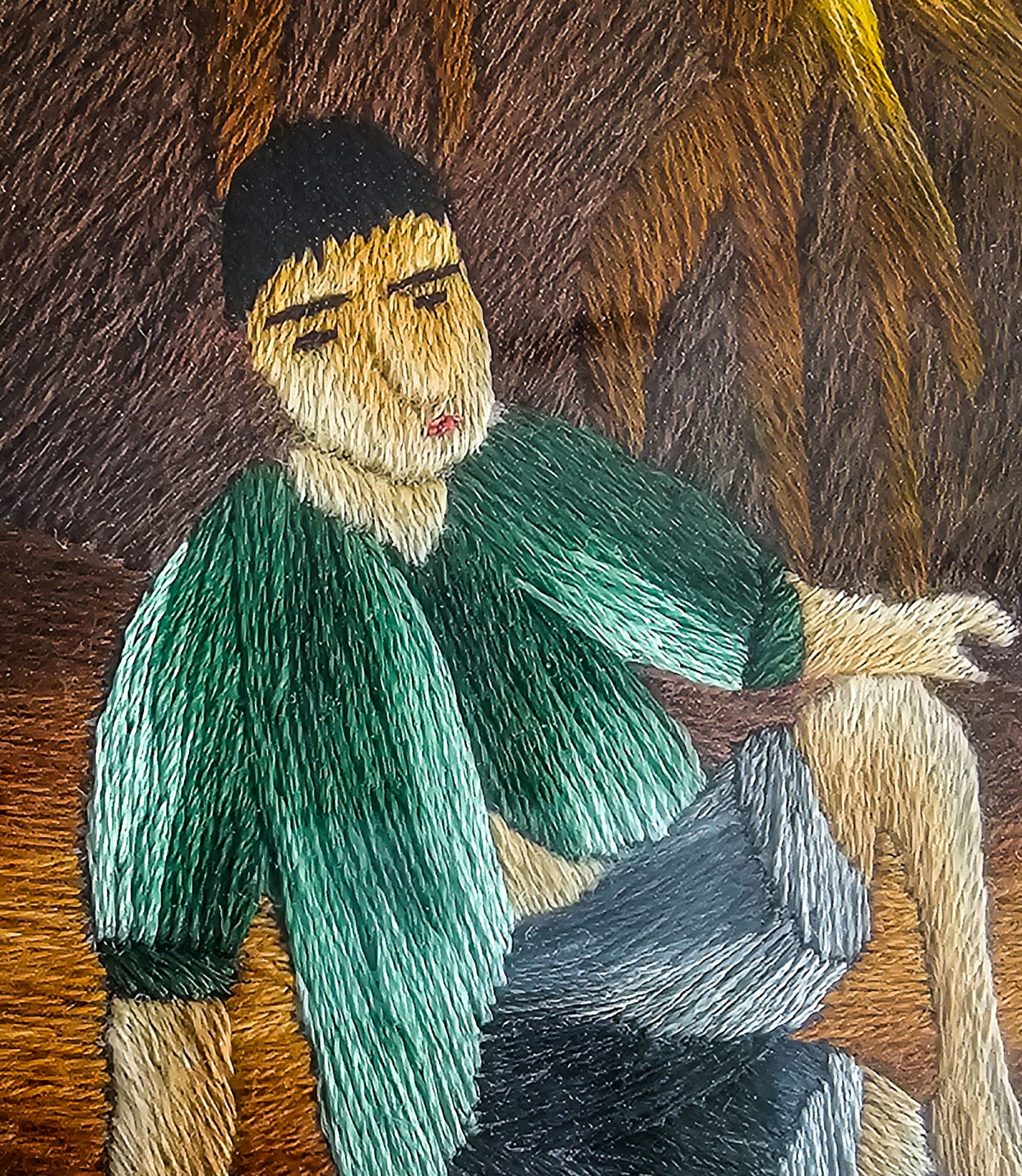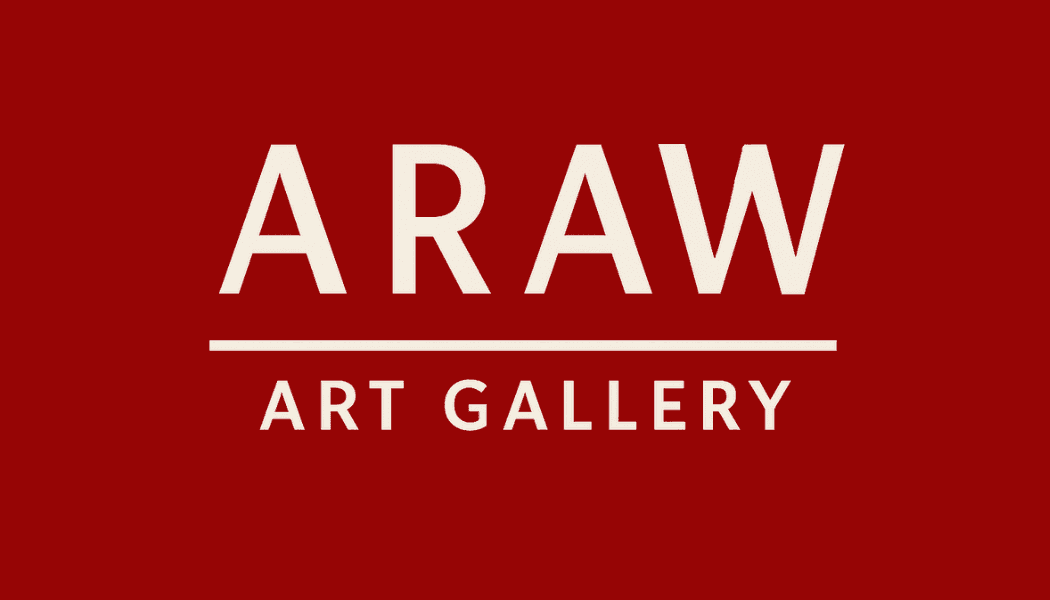The Evolution of Art Styles in the Philippines: A Historical Overview
Pre-Colonial Art Forms
The artistic journey of the Philippines began long before the arrival of colonizers. During the pre-colonial period, art was primarily functional and symbolic. The indigenous communities used materials such as wood, bamboo, and metal to create tools, weapons, and ornaments. These items often held spiritual significance, resonating with the animistic beliefs prevalent at the time.
Art was also expressed through intricate textile patterns and pottery. The Pintados of the Visayan Islands, known for their elaborate tattoos, exemplified how art was integrated into daily life and culture. These tattoos were not just decorative but conveyed social status and bravery.

Spanish Colonial Influence
The arrival of the Spanish in the 16th century marked a significant shift in the Philippine art scene. With colonization came the introduction of Western religious art forms, heavily influenced by Catholicism. Churches became the canvas of this period, showcasing stunning Baroque architecture and painted ceilings.
Religious icons and santos (saints) carved from wood or crafted from ivory became prevalent. These pieces were often gilded and polychromed, reflecting a fusion of European styles with local craftsmanship. Furthermore, the Spanish introduced formal education in the arts, leading to a more structured approach to artistic expression.

American Influence and Modernization
The early 20th century saw another wave of transformation under American rule. The introduction of public education led to a broader exposure to Western art styles and techniques. This period marked the beginning of modern art in the Philippines, with artists exploring realism, impressionism, and eventually modernism.
Fernando Amorsolo emerged as a prominent figure during this era, known for his romanticized landscapes and portrayals of Filipino culture. His use of light and color captured the essence of rural life, making his works quintessential representations of this time.

Post-War and Contemporary Art
The aftermath of World War II brought about a new artistic awakening. The destruction and rebuilding process inspired artists to explore themes of resilience and identity. This period saw the rise of various art movements, including social realism, which highlighted issues like poverty and inequality.
Contemporary Philippine art is characterized by a diverse range of styles and mediums. Artists today are influenced by global trends yet remain deeply connected to their cultural roots. This fusion results in unique expressions that continue to evolve with societal changes.

The Role of Art in Cultural Identity
Throughout history, Philippine art has played a crucial role in shaping cultural identity. It serves as a reflection of the country's rich history and diverse influences. From traditional crafts to modern-day installations, each piece tells a story of heritage and tradition.
Artists continue to challenge norms, pushing boundaries while honoring their past. This dynamic interplay between tradition and innovation ensures that Philippine art remains vibrant and relevant in today's world.
Conclusion
The evolution of art styles in the Philippines is a testament to the country's resilience and adaptability. As Filipino artists continue to explore new horizons, they contribute to a legacy that honors the past while embracing the future. The rich tapestry of Philippine art is not only a celebration of creativity but also a vital component of national identity.
